Sorry this post got so long. But I hope you take time to read it and consider what you can do.
On Friday as I woke up and turned on the TV and saw the devastation an earthquake and tsunami had wreaked on northern Japan, I was one of the millions who were stunned and immediately concerned about the people who’s lives turned upside down. I wrote a post on the topic and then tried to go through my day as normal. But throughout the day, names and faces of family and friends passed through my mind. And I breathed sighs of relief frequently as friends checked in on Facebook, through emails or text messages.I am among the millions who seem, for now at least, not to have faced a personal loss. For that I am truly thankful.
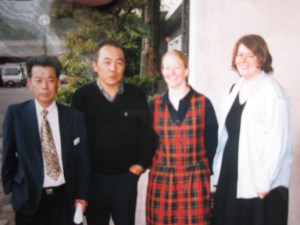
At the same time, I can’t help but think of those images of the tsunami coming miles inland washing over farmland. And having had the opportunity to get to know some Japanese farmers, there are real faces that go along with the land. Generations of families who have infinitely deep connections to that land through their farms. With that comes a wash of memories and the faces of Japanese farmers who struck me as so similar to the friends I have on farms across the US.
My First Visit to a Japanese Farm
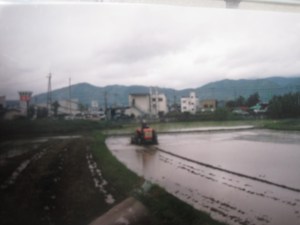
For me, those TV images merge with images I’ve seen first-hand on visits to Japan. My younger sister Leslie moved to Japan for a few years after college and I took the chance a couple of times to go visit. Although my sister really didn’t have much of an ag connection then (she’s big into gardening though now), I really wanted to see rice production there since it was a big part of my world in the US. So I contacted the embassy and kept writing letters & making phone calls for a while! That’s how I cam to meet Hitomisan. The photo here shows the director of the JA coop in Kameoka, Hitomisan, Leslie & I. (Sidenote: Yeah, I need to get a bunch of photos professionally digitized.)
We spent a gray May day in the countryside watching rice be transplanted. It was an incredible difference as most US rice is dry-seeded versus transplanted into a flooded field.
Leslie was a trooper translating all my questions and all their answers (an exhausting task for sure!) And she did so well, that we came to a jarring halt when there was finally a Japanese word she didn’t know. The farmers knew I would know the concept so they kept explaining what this word meant, the role it provided until she and I figured out fertilizer!
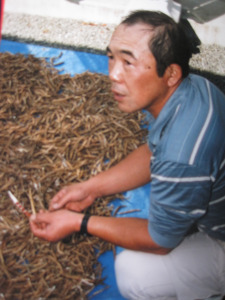
The visit resulted in me writing a few magazine articles which was nice in picking up expenses, but more importantly, it also resulted in a great friendship with Hitomisan. So much so that years later a November visit included a second visit to Kameoka. This one without the “official” support of an embassy introduction.
Returning to the Farm in Kameoka, Japan
My sister and I returned to Kameoka with additional guests — our mom and my one year old nephew Kazu. Everything about this trip was different to say the least! We were several generations of two families spending a little time getting to know each other better.
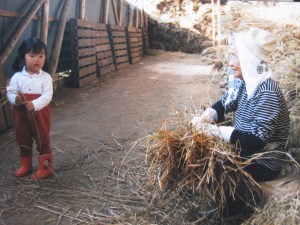
There was no set structure to what a coop would like an American journalist to learn about Japanese rice farming. Instead, we spent all of our time talking to Hitomisan about whatever it was he thought we’d enjoy learning about. Among the topics on this visit were:
- Drying soybeans at home for the family to use.
- Watching Hitomisan’s mom play the traditional Japanese instrument the koto and hearing her as she sang traditional songs.
- Enjoying a visit to the family’s farm, where we met Hitomisan’s grandmother and the great granddaughter who she was visiting with as they went about chores in the barn.
- Seeing dairy cows and having a chance to learn about how much the rice straw is used here.
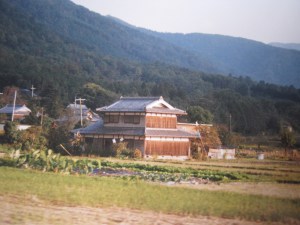
How Friends Near Sendai are Doing Today
While I was lucky enough to have the mental comfort that most of our friends and family were pretty far from the devastation living in the city of Osaka or other places in the Kansai region near Kyoto, etc. My sister had one person who she knew was close enough that there was real concern about how she was doing. See, Leslie’s college Japanese teacher moved back to Japan a couple of years ago and Ms. Oshida lives north of Tokyo in the countryside. We are so happy to hear she is okay but we are definitely worried about how tough things are and looking for hope of improvement.
Japan is very adept with earthquakes. The building codes and architectural design provide for incredible safety of the urban population. And in the rural areas of Japan, earthquakes are experienced and teams are able to move quickly to get things back online. But the tsunami that hit Sendai has far reaching implications. Obviously, there are families, farms, homes, etc in that area that were devastated. I can’t imagine how they even begin to tally the loss of human life much less figure out all the economic hits.
The reality that the Oshidas face is one of great uncertainty about the coming days. That uncertainty is being faced throughout small towns and rural areas of northern Japan. Ms Oshida spent hours standing in lines at a grocery store for hours despite there being no food. She & others want to be there when things like food and water are delivered, not that there is any clear indication of when that may be.
Granted, in a rural area, people tend to have gardens and put up some things for the coming seasons, etc. but I can imagine that as we near time to plant, the cupboards may be barer than we’d like. Without highways, trains, etc to reach these areas, there are going to be shortages of many things but hopefully the current concern in the world is turning into action as people look to deliver water, food, medical supplies, cleaning crews, etc. Obviously, help will be needed from all arenas.
How You Can Help the Japanese People Recover
I know lots of campaigns will be waged to help the people of Sendai and other areas impacted. And I hope some of those campaigns will eventually get to things like assisting education, agriculture, etc recover so those communities where its possible can begin to rebuild. Right now though, efforts to meet the immediate needs of water, food and shelter are underway by several charitable organizations. This blog on the NYTimes has a good list and I’d encourage you to look at whether you can contribute and whether you may qualify for a company match or something.

I know a lot of friends have already been sending up prayers. This wristband will be around as a visual reminder for us to take a minute and pray — whether that is to a Christian, Buddhist, Hindu or other god, you can continue to send your support. I am sure families like the ones I’ve met, who have been on their farms for generations are sitting in Sendai looking for hope. I may not have met them, but they are trying to piece their lives back together in a place with devastating issues all around them.
You and I may not be able to personally deliver water, but we may be able to offer some comfort through prayer. And I’m going to make sure I support at least one of those organizations who are responding directly to the immediate needs too. Oh and I’ll have my eye out for agricultural response. I have no idea what the wave of salt water does to land, nor where you start in getting livestock back in place, etc but I have confidence someone will figure all of that out. I believe that companies and organizations will respond and that many of them will give individuals an opportunity to assist in the efforts.
[slideshow]
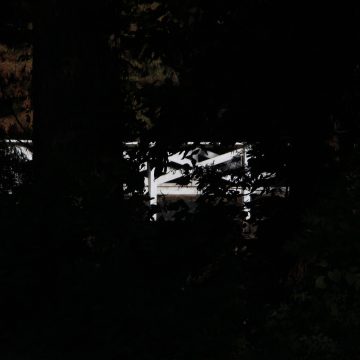
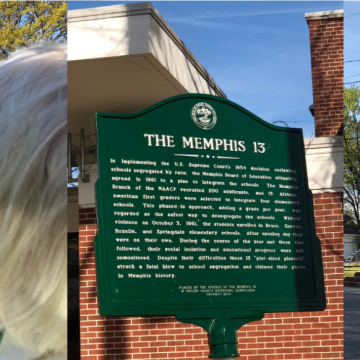

Thanks for putting some names, pictures and stories with this tragic story. I will continue to pray for those in Japan during this difficult time.
Clearly you are able to use words to express strong emotions…..I feel at such a loss of words. Thanks for using your words to replace the ones I cannot find.
Thanks. I know this past week has been such a rollercoaster with rumors, breaking news, etc. The country and the people there are a big part of you and our family. Words were incredibly hard to come by as I looked at the images currently being shown on TV. It was far easier to think of the faces of people we know and make the connection that way. I’m still looking for ways to give back but I thought putting words together was a start. We’ll keep finding ways and getting answers. And the resiliency of the Japanese people will astound us.
This for giving up this personal account with the people of Japan.
I can’t imagine the farmers will be able to safely farm near the nuclear power plant. I’ve been thinking that there is so much agricultural land that is sitting around on the big island of Hawai’i – maybe some of those farmers could come here and start over.
Ella, Thanks for coming by with a great suggestion! I hope some of the governments are looking at this type of option. Where there may be other farmable land that could help theses farmers start over. I also know it is incredibly hard to get people to leave their homeland though. My brother-in-law has moved to the US having gone to college here and speaking the language it wasn’t as hard for him as it may be for others. Add the connection farmers have to their land their family has been on for generations, even centuries, and I can’t imagine how heart-breaking it is. But options like the one you propose give reason for hope.